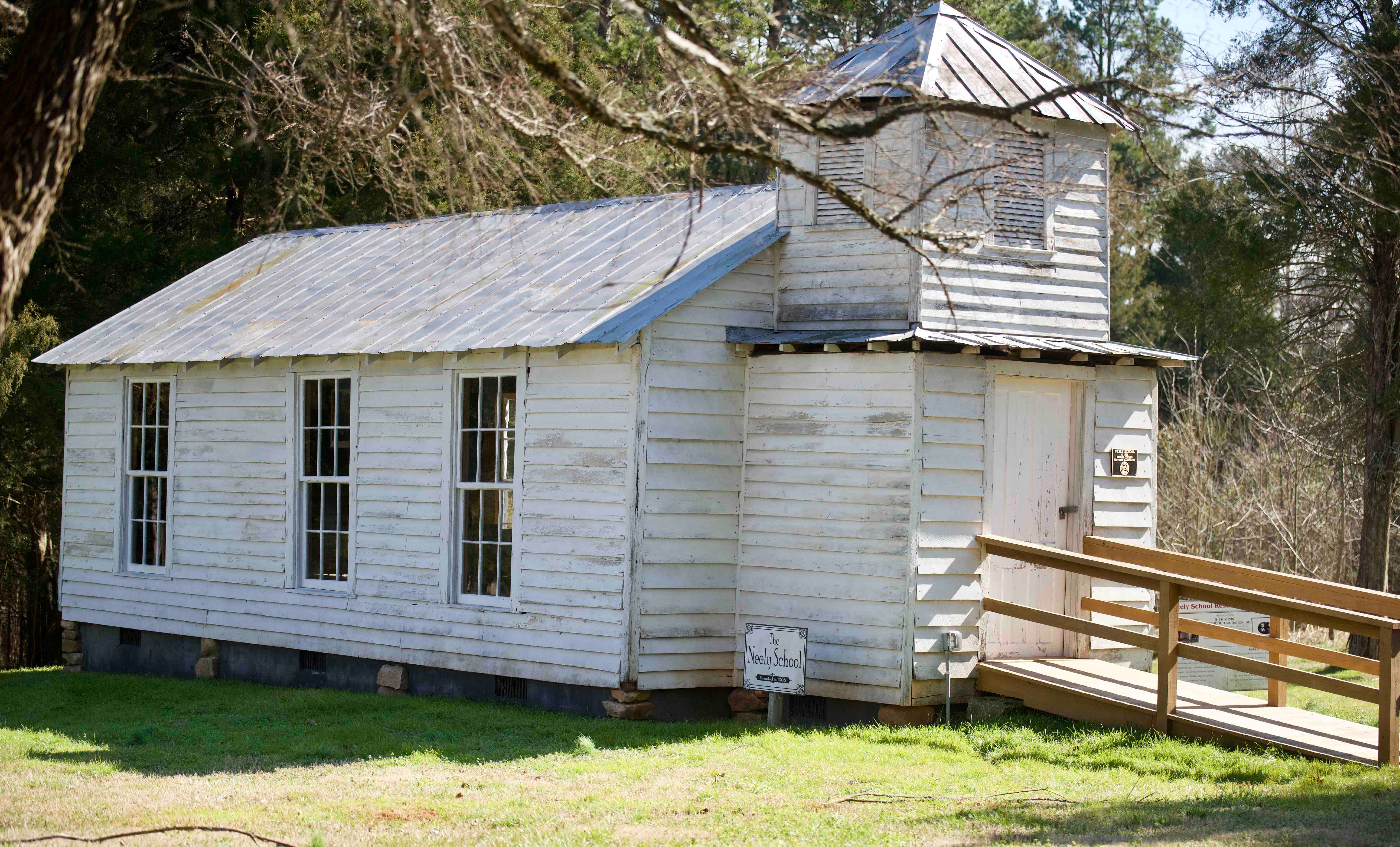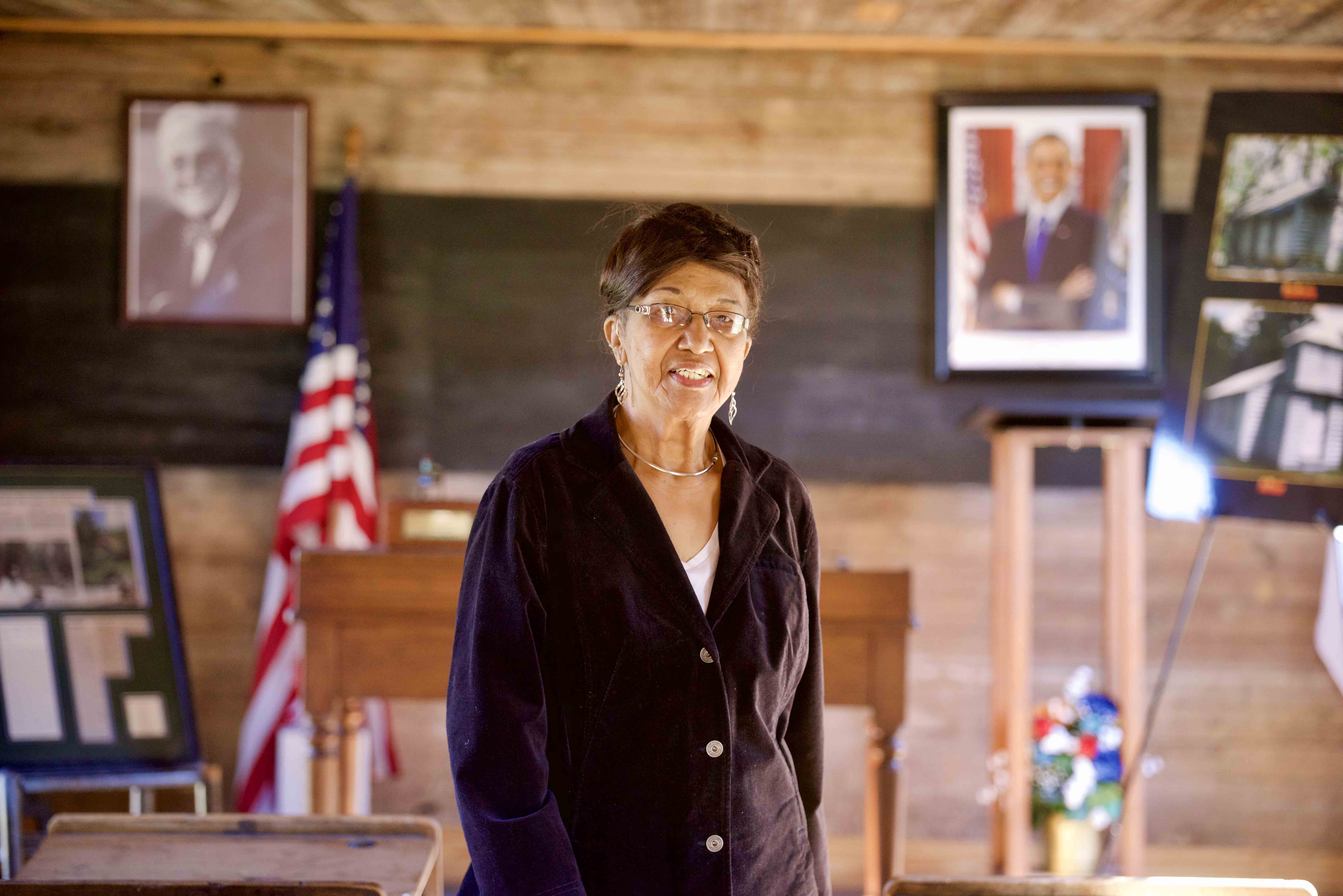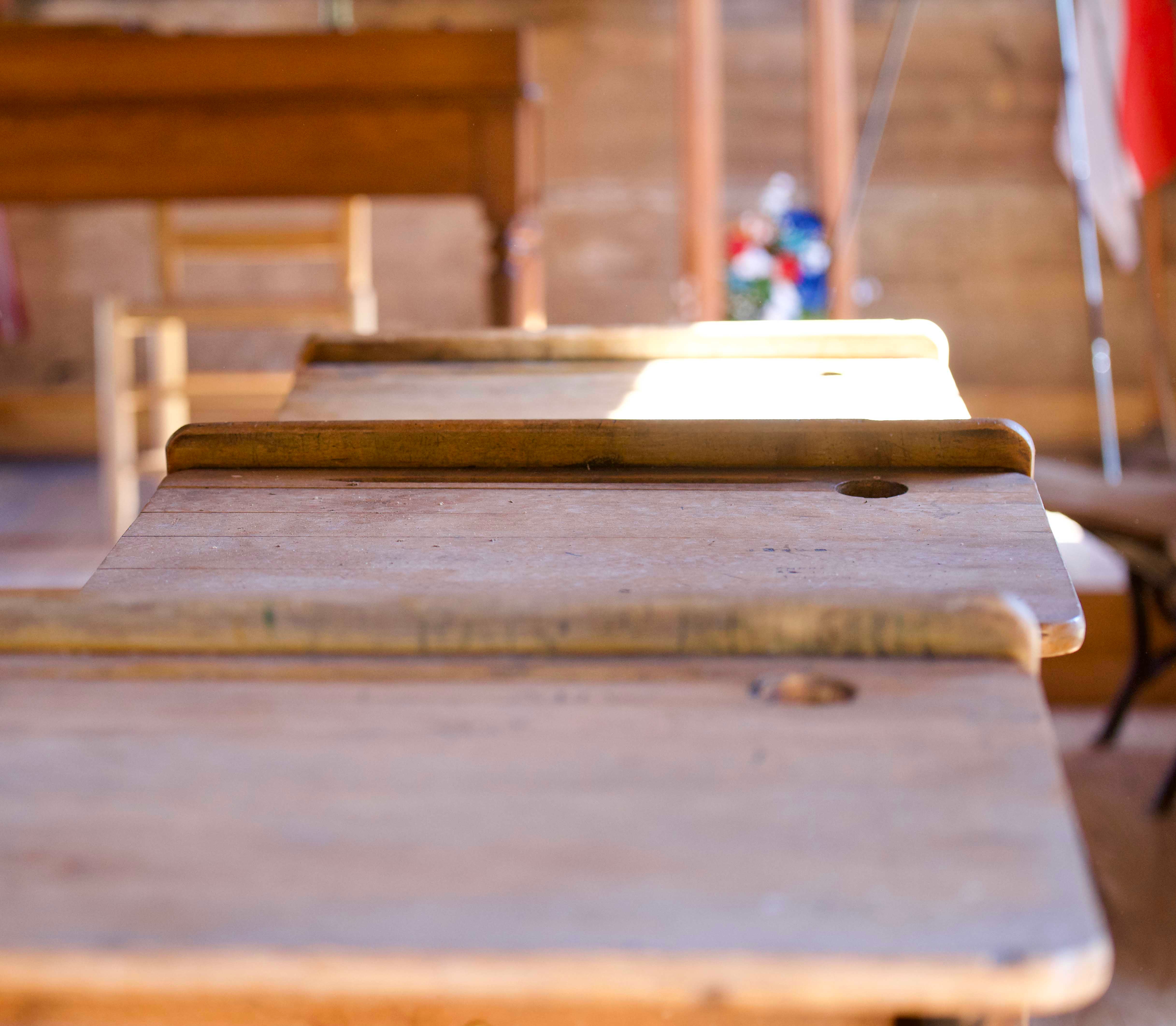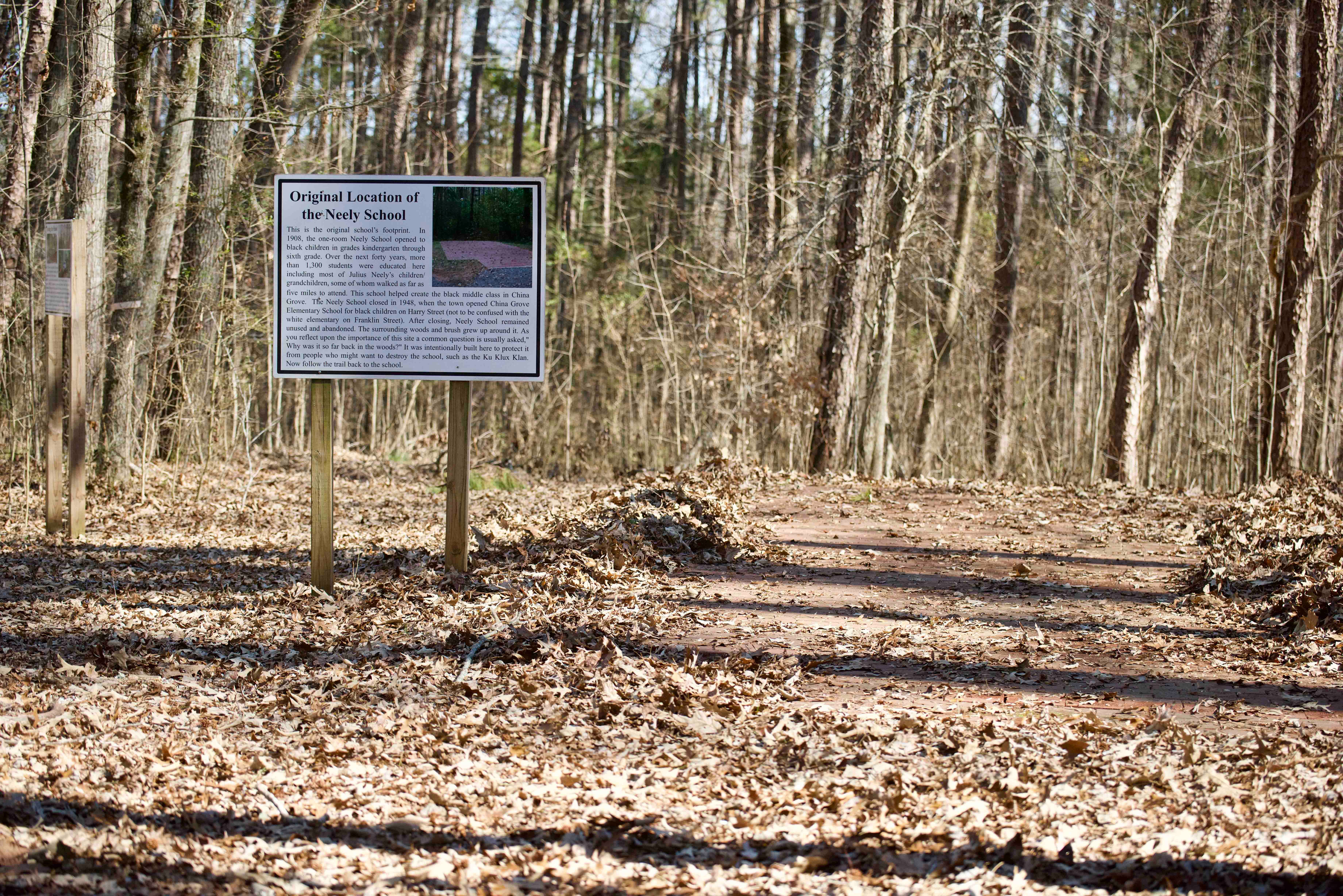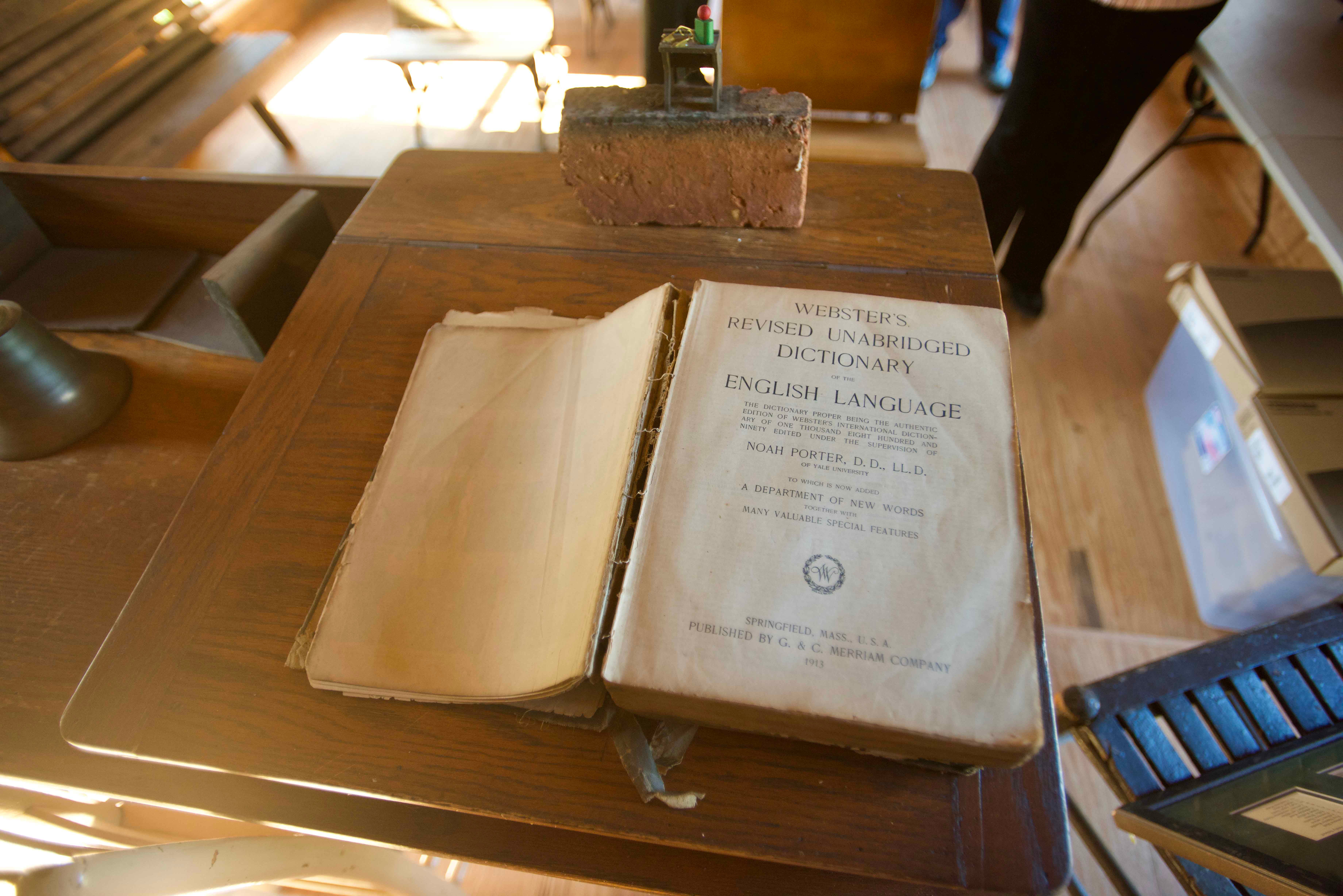70 years after closure, Neely School ready to provide lessons to next generation
Published 12:10 am Sunday, February 13, 2022
CHINA GROVE — A piece of local civil rights history buried in the woods off a small road in Rowan County for more than 60 years is turning into a tool to teach this generation.
Neely School, located off of off Neelytown Road between Salisbury and China Grove, was built in the woods to avoid attention. Julius and Katie Neely had a vision to create a school to educate local minority students in a time when teaching Black children was illegal.
Julius was an AME Zion minister, farmer and businessman. He recognized the importance of education and wanted his family to have its benefit. The school was built in about 1908 and educated students until it closed in 1948.
Marice Grissom Freeman, Julius’ and Katie’s great-granddaughter, said hiding the school away in the woods was an intentional move to avoid racist backlash. About 1,300 students were taught at the school while it was operating.
Now, the school stands just off the site where Julius’ and Katie’s home stood. A trail leads back to the original foundation site of the school — outlined with bricks that can be purchased via donation and inscribed with a donor’s name in honor of someone as a fundraiser for the project.
The Neely School Foundation opted to move the building so people could see it. It spent decades abandoned in the woods. Only the Neely descendants and a small group of local residents knew it existed.
Foundation President Mary Neely Grissom, granddaughter of Julius’ and Katie’s, attended the school before it closed. Grissom said at the time people did not recognize its historical significance, but decades later the family started talking about finding the old building.
In 2010, some family members trekked into the woods to see if it was still standing. There were no roads, and some questioned if they could get down there. But they were determined.
They found the abandoned building with the paint worn off and all the floor boards missing, but it had not fallen down. The termite-resistant white oak walls were still there.
“You felt good when you came down and thought ‘That’s ours,'” Grissom said. “And I remembered that’s where I went to school, and without that I would not have gone.”
Freeman, Grissom’s daughter, wonders if her mother would have been educated at all if it had not been for the school. When public schools were made available to minority students, Grissom was 8 or 9.
The school’s foundation was set up the same year, and since its inception it has received more than $135,000 in grant funding. In 2013, it received nonprofit status. In 2014, the school was relocated and restored by Alfred C. Wilson and Company, a Salisbury contractor that specializes in restoration work.
In 2017, Rowan County named it a historic landmark after a unanimous vote by the board of commissioners. In 2018, a scout project placed signs with historic information along the trail leading to the old site. In 2020, the site got its latest edition — a small community center. It has bathrooms, a large picnic table and shelter.
The center is part of the foundation’s next step for the site. The COVID-19 pandemic created some bumps in the road, but the hope is to keep developing the property and partner with Livingstone College to use the school to teach Rowan County students about its history.
The community center is a good place for students to eat lunch and take a break during field trips. The foundation also wants to do landscaping work and build a playground at the site among other improvements.
Freeman said the foundation encourages people interested in the site to contact them for tours, including school, church and scouting groups.
The furnishings were gone when the school was rediscovered, but the old potbelly stove used for heating the space was still there. The period furniture was scavenged to make the space as close to the original as possible. The sections of the walls that had worn away were repaired as close to the original walls as possible. The color of the new lumber is somewhat lighter.
“It felt just like this,” Grissom said.
The interior of the school has some other historic additions, including a list of known teachers and some of the students in the family.
If the foundation had not restored the building, Freeman said, no one would know about it other than the family. The only people who would have seen it after it closed were men in the family who were hunting.
In 2017, a book “Little School in the Woods” was published in collaboration with the foundation. Aimed at a third-grade level, it tells the family’s story from Julius’ mother Caroline escaping slavery through the restoration of the school. It is available for sale and Rowan County Public Library has copies as well.
The foundation hopes to eventually get North Carolina and U.S. historic landmark status for the school. To contact the foundation about tours, email neelyschool@gmail.com


